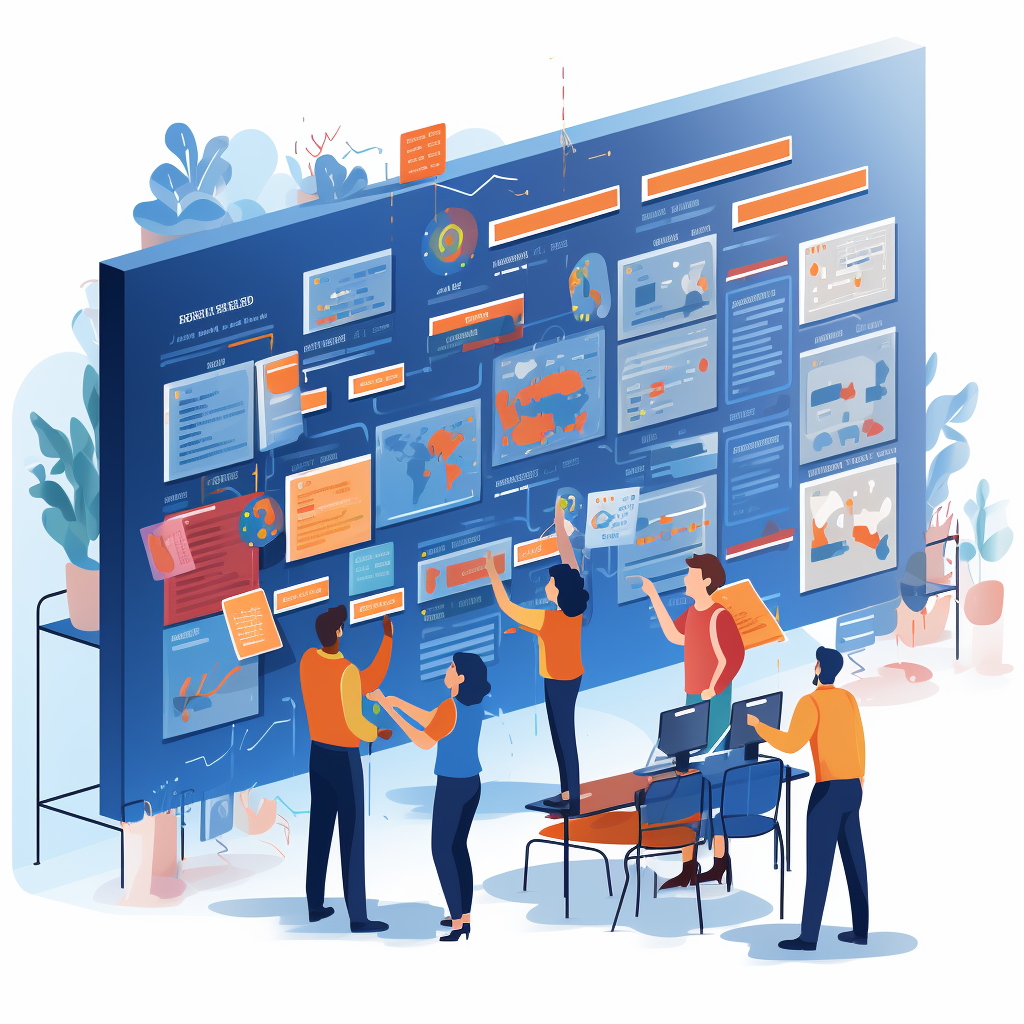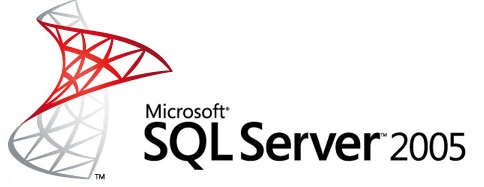
In the vast realm of project management, we often find ourselves grappling with the chains of traditional, long-haul planning. This approach, with its unwavering commitment to upfront rigidity, can stifle adaptability and hinder our ability to respond to the ever-evolving landscape of modern business. But fear not, for there exists a beacon of hope in the form of Agile planning, a methodology that thrives on flexibility and iterative solutions. To journey successfully in this dynamic business environment, one must grasp the nuances of Agile planning.
The Agile Methodology
Agile Methodology, our guiding light, employs a range of Scrum Ceremonies and a multi-tiered planning framework to provide clarity as our projects take shape. This structured approach keeps us on course while enabling us to dance gracefully in response to changing rhythms. Let’s embark on a voyage through the components of Agile planning to appreciate how it invigorates our project management:
1. The Vision Statement:
Before we embark on our journey through Agile planning, it’s vital to first set our sights on the distant horizon—the Vision Statement. In the vast realm of project management, this statement stands as a lighthouse, guiding our efforts and defining our purpose. It’s the guiding star, illuminating the path ahead and shedding light on our objectives, themes, features, and epic quests.
2. Navigating the Roadmap:
Picture the roadmap as our North Star, guiding us through the labyrinth of project management. At its zenith, it outlines the grand vision, thematic elements, significant features, and epic tales that will unfold in the chapters ahead. This level of planning sets the stage, ensuring our project’s trajectory aligns with our broader organizational objectives. It’s the compass that points our way.
3. Charting a Course with Release Planning:
Release planning is the map that charts our voyage. It pinpoints the exact moments when specific themes, features, and epic quests will be delivered or when functional segments of these will emerge as working software. Like lighthouses along the shore, these milestones give us direction and allow our stakeholders to track our progress effectively. The release planning stage keeps us anchored and on track.
4. Sailing Through Sprint Planning:
Sprint planning takes us deeper into the unknown waters. Here, we unravel the project requirements, often concealed within User Stories, and break them down into actionable tasks for our delivery team. These tasks are our building blocks, essential for constructing, testing, and delivering completed stories that carry business value. With each sprint, we navigate the intricacies of our project, charting a clear course for the development team, and ensuring they know precisely what lies on the horizon.
5. Daily Standup Meetings:
In the midst of this Agile voyage, we encounter the daily standup meetings, a vital element in our journey. These meetings, often held at the beginning of each day, serve as our compass, keeping us on course. Team members share their progress, challenges, and plans, ensuring that we remain aligned, informed, and adaptable. These daily gatherings are the heartbeats of our Agile expedition, ensuring that we stay connected, responsive, and always ready to steer our ship in the right direction.
The Grand Conclusion:
In our grand finale, Agile planning emerges as a beacon of adaptability, casting light on the shadows that traditional, upfront planning often creates. By embracing Scrum Ceremonies, the roadmap, release planning, and sprint planning, Agile enables us to stay the course, maintain alignment with our organization’s goals, and adapt to the ever-changing landscape.
Understanding these Agile components is more than essential; it’s the compass that guides us through the tempestuous seas of modern business. As we navigate the agile waters, embracing the iterative nature of Agile planning, we discover a newfound ability to thrive, armed with enhanced adaptability and an unwavering responsiveness to the challenges that come our way. So, embark on this journey, for in Agile planning, we find not just a methodology, but a companion on the voyage to success.

